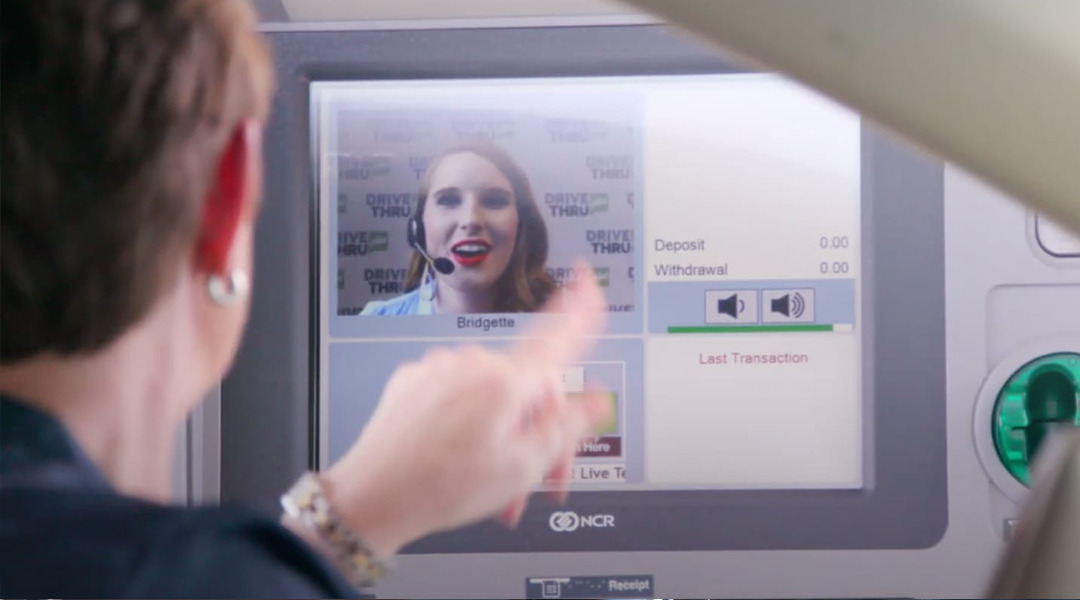
Certificates of Deposit and IRAs
Certificates of Deposit (COD)
- Automatic renewal option
- Fixed interest rate until maturity, up to 5 years
- Choice of interest payment options
- Open with as little as $500
- Choose the term that suits your savings needs
Individual Retirement Account (IRA)
Traditional IRA
These IRAs have been popular for years. In many cases, the contributions are tax deductible and the earnings are tax deferred until retirement.
The IRS sets the contribution limits for traditional and Roth IRAs annually. For 2025, the contribution limits are:
• For individuals under age 50: $7,000
• For individuals age 50 and older: $8,000 (including a $1,000 catch-up contribution)
These limits are the same as in 2024.
Important Considerations for 2025 IRA Contributions:
• Contributions for the 2025 tax year can be made until the unextended federal tax deadline in 2026, typically April 15, 2026.
• You can contribute to both traditional and Roth IRAs, but the total contribution cannot exceed the annual limit.
• Eligibility and contribution amounts for Roth IRAs are based on Modified Adjusted Gross Income (MAGI). The MAGI phase-out ranges are:
• Singles and heads of household: $150,000 to $165,000.
• Married filing jointly: $236,000 to $246,000.
• Married filing separately: $0 to $10,000.
• If you are covered by a retirement plan at work, the deductibility of traditional IRA contributions may be affected by your MAGI. The MAGI phase-out ranges for deductibility are provided in the referenced sources.
Education IRA
The Education IRA allows investors to make non-deductible annual contributions of up to $2,000 per child. The earnings build up and therefore, the withdrawal would be tax free, as long as the proceeds are used for qualified, higher education expenses.
Roth IRA
This IRA offers the kind of tax-free buildup and withdrawal that many investors will find highly appealing. And up to certain income limits, virtually any income-earning U.S. citizen can contribute to a Roth IRA. You can contribute up to $5,500 ($6,500 if age 50 or older) aggregate limit for Roth and Traditional IRAs per taxpayer per year.
Frequently Asked Questions
Most taxpayers who have earned income are eligible for an IRA. Some high-income individuals are excluded from Roth IRAs. Check with your tax advisor for complete details.
Your spouse can have his or her own IRA even if they don’t earn income.
A rollover IRA can be established when you have a distribution or transfer from a previous retirement plan to a new plan. It is very common for people who change employers to take their 401 (k) balance and “roll it over” into a Self-Directed IRA.
If you are planning to retire soon or change jobs, you may be about to receive a distribution from your present company’s pension or profit-sharing plan. Without careful planning, you could lose a significant part of your distribution to the government in taxes.
If you want to defer taxation on the distribution and still keep control of your investment options, it is important that you don’t take the distribution in hand. If you follow very specific rules, you can roll over the balance without a current tax liability. Your BOT Investments Team can handle the details for you.
If your current IRA does not allow you the flexibility of investment choices that pursue your objectives, you may want to consider transferring your assets into one of the IRA options offered by LPL Financial.
With an IRA Transfer, you do not take possession of your existing IRA assets. Instead, your BOT Investments Team will help you prepare a Custodial Transfer Authorization form authorizing the tax-free transfer of all or a portion of your current account. The assets will be transferred on your behalf to an IRA opened with LPL Financial.

 At Your Service
At Your Service DRIVE THRU plus
DRIVE THRU plus